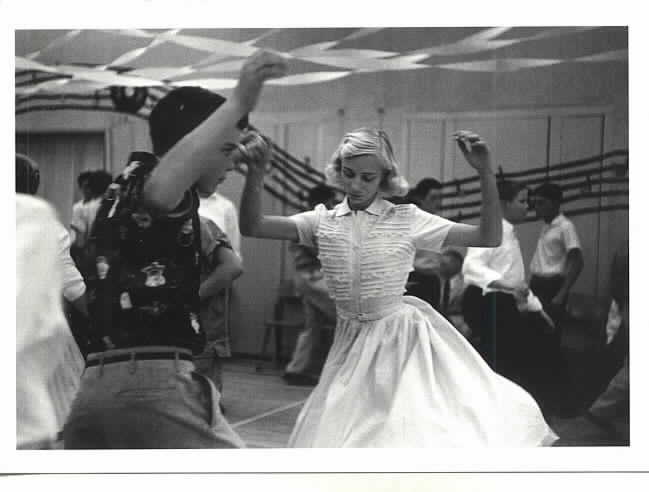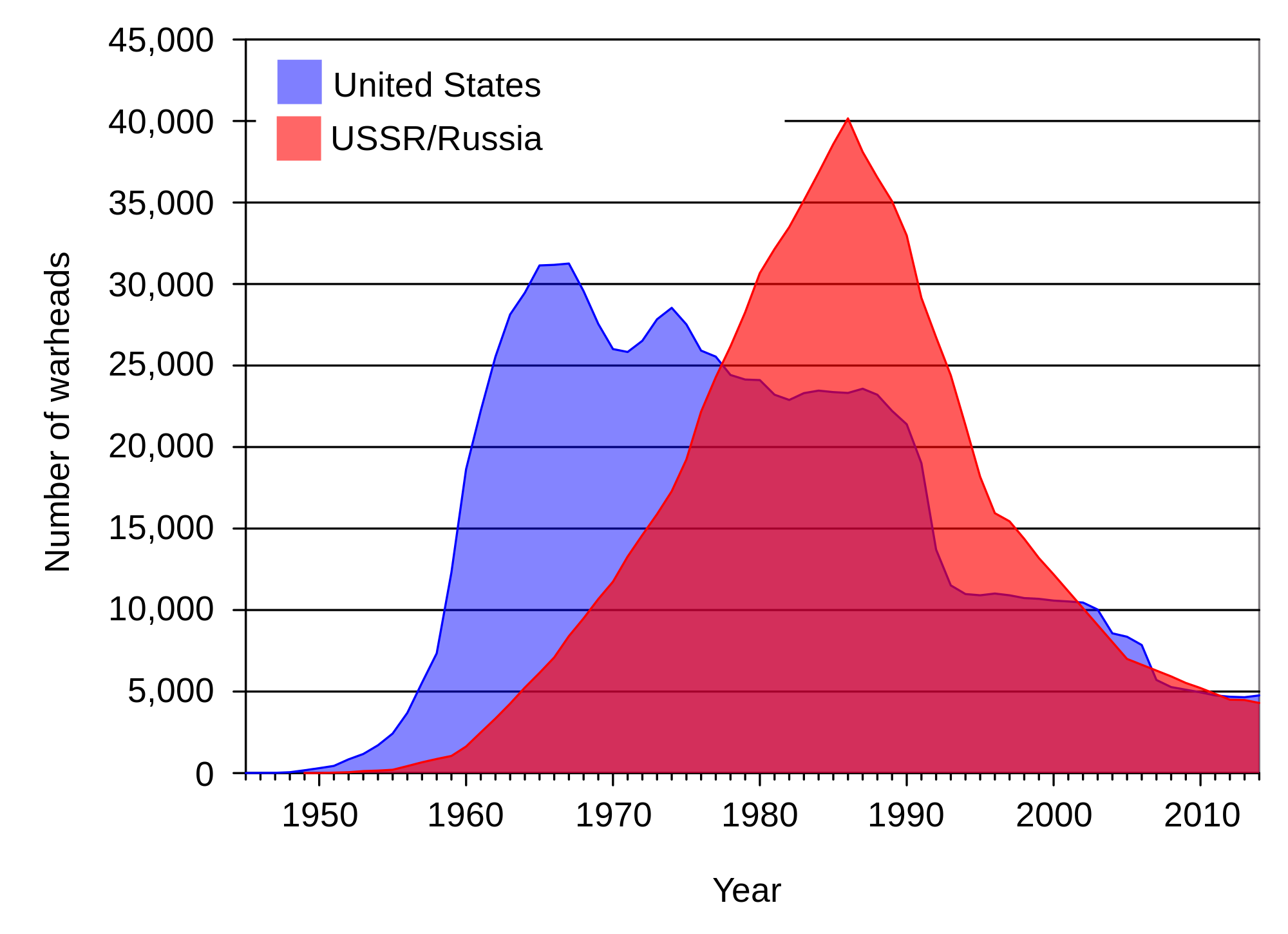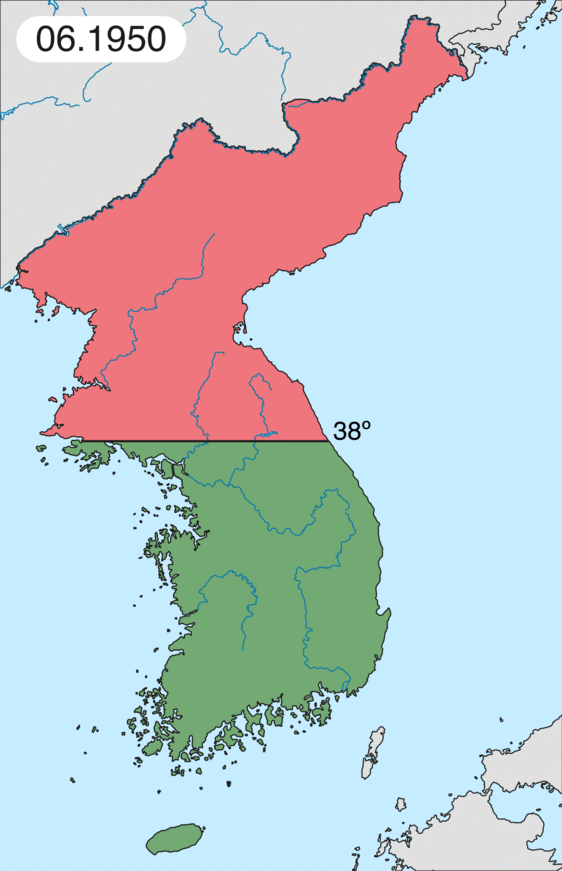The Declaration of Independence states that “all men are created equal.” But even after the Civil War and the end of slavery, people of color found themselves treated unfairly. They weren’t allowed in many public schools, they had to eat at separate restaurants and use separate bathrooms, and they had to pay taxes and pass literacy tests to vote. The idea was to keep blacks “separate but equal.”
By the late 1950's a movement had started. People were demanding laws to protect their civil rights – rights that all free Americans are guaranteed as citizens of this country. One was Thurgood Marshall, a lawyer who went on to become the first black justice on the Supreme Court. Another was Rosa Parks, who refused to give up her bus seat to white passengers. One particularly influential speaker and activist was Martin Luther King Jr.

Roughly 250,000 people marched through Washington, D.C., on Aug. 28, 1963. Called “The March on Washington for Jobs and Freedom,” the event called the nation’s attention to the injustice and inequalities that black Americans faced because of the color of their skin.
| A man with a dream |
King was a minister from Alabama who became one of the leading voices of the civil rights movement. One of his first successes was the Montgomery Bus Boycott – a 382-day operation that led to the desegregation of buses.
King was threatened with violence and jail, and his house was even bombed, but this did little to stop him.
From then on King was at the forefront of the civil rights movement. He traveled across the country, organizing protests and marches to call attention to the struggle of black Americans.
In late 1962, civil rights activists started to organize what would become the largest civil rights demonstration in the history of the United States. It took awhile, but by June of 1963, they had put together an impressive group of leaders and speakers – including King – to help them.
The organizers of the march had to make sure people had a way of getting into the city. They had to make sure marchers knew where to go and what to do once they got there. They had to have doctors and nurses in case anyone needed first aid. They had to provide water, security, and be ready for any emergency. And they needed some way to pay for all of it. It was going to take fund raising, planning and lots of work.
Watch this video..
And this video ...
Comment: Do you think it would have been cool to attend this event? Why or why not?





